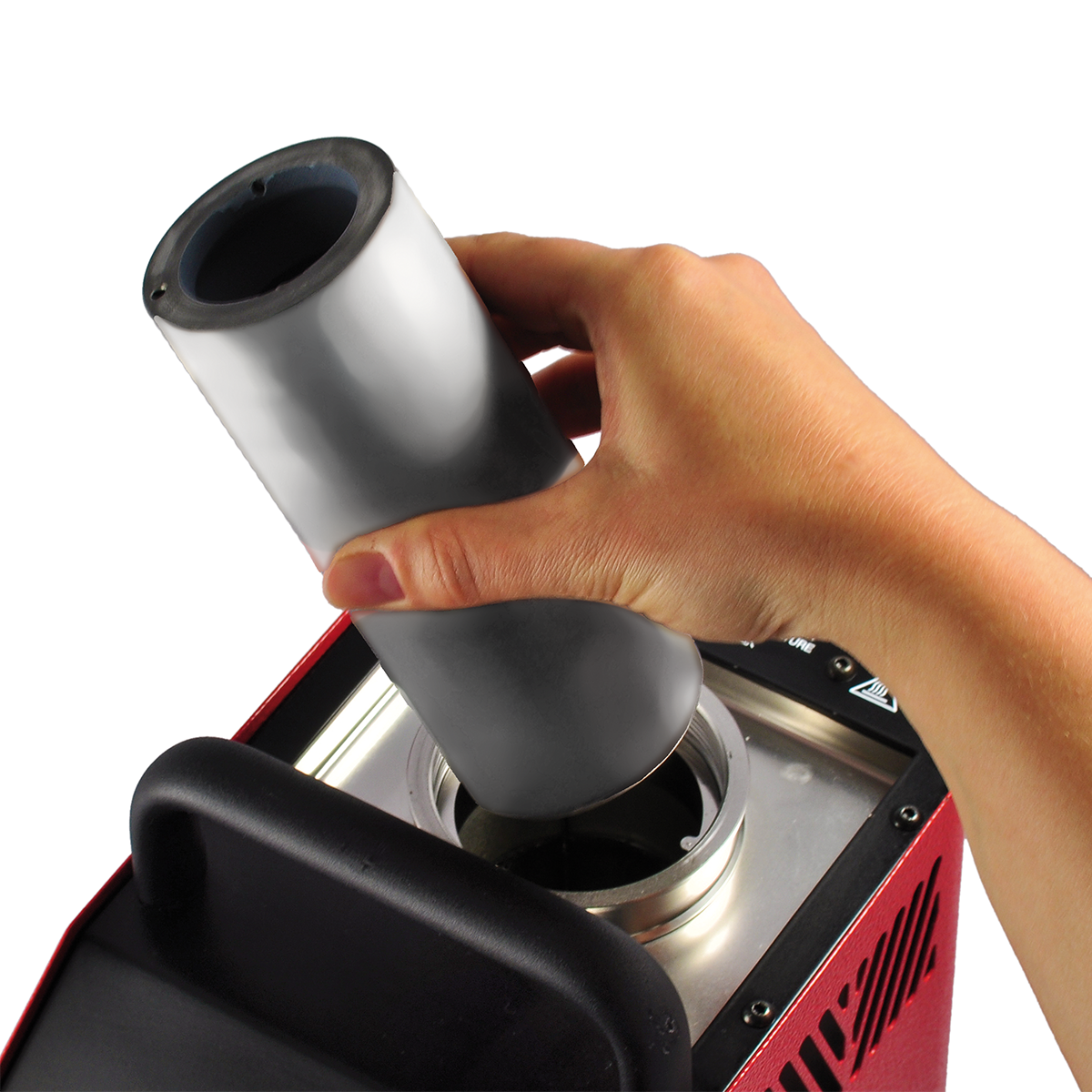Thermometer Calibration With SIKA Temperature Calibrators


In the 1980s, SIKA launched the first mobile dry block calibrator. Mobile calibration with dry block was a milestone at that time. Together with the Physikalisch-Technische Bundesanstalt (PTB), SIKA has developed the R5-4 guideline for the calibration of temperature block calibrators. Today, SIKA is the only German manufacturer of temperature calibrators and an established entity in calibration instruments.
Temperature calibrators from SIKA offer the right calibration function for every application. You want to calibrate temperature sensors? Then our dry block calibrators are just right. Temperature sensor with an unusual shape? Not a problem for our calibration baths. You need flexibility and want to calibrate infrared thermometers and surface temperature sensors? Our multi-function temperature calibrators fully meet your requirements.
Dry block calibrators are suitable for straight temperature sensors. One of the advantages of dry blocks is clean working, since the temperature sensor is not contaminated by a calibration liquid. A further advantage is that it does not cause any outgassing by calibration liquids, such as silicone oil. By using a suitable calibration insert, an optimum thermal coupling of block and temperature sensor is achieved.
With the Air Shield Insert, SIKA offers a patented dry block variant with best radial and axial temperature distribution. The automatic centring of the Air Shield Insert in the block prevents user errors due to wobbling or twisting.

Calibrators with calibration baths can calibrate all temperature sensors regardless of their shape or dimension. The calibration liquid ensures that there is no air gap between the temperature sensor and the calibrator. The magnetic stirrer and the extractable sensor basket swirl the calibration liquid and thus generate a large homogenous temperature zone. In addition, the sensor basket ensures undisturbed stirring operation and protects the temperature sensor to be calibrated.
If you are working with several calibration liquids, the use of a tub insert is the optimal solution. The separate tub insert means that you can quickly switch between the calibration liquids and do not have to clean the calibration bath after use. The tub insert can be tightly closed and is suitable for transport and safer storage outside the calibrator.

Infrared thermometers (pyrometers) and thermal imaging cameras can be calibrated with calibrators with infrared function. For this purpose, an infrared calibration insert with a special surface structure and asymmetrical design is used. In this way, a “black cavity radiator” with an emission factor of 0.9994 is formed. In addition, the reflection of interfering radiation is thus prevented and the desired temperature is emitted in an ideal form.

Surface temperature sensors can be calibrated with a special calibration insert. The calibration insert is designed so that the best temperature homogeneity is achieved in the centre of the front face. Good thermal contact is made possible thanks to the special surface structure of the front face. To ensure that the best possible temperature reference point can be used on the calibration insert, an external reference temperature sensor is inserted directly below the front face of the calibration insert. The use of heat-conducting paste or other heat transfer media is not necessary.
